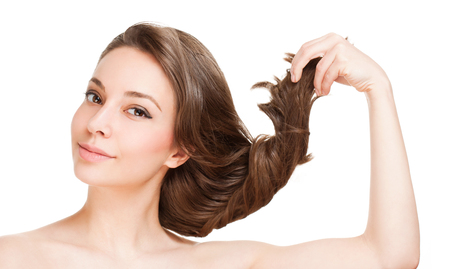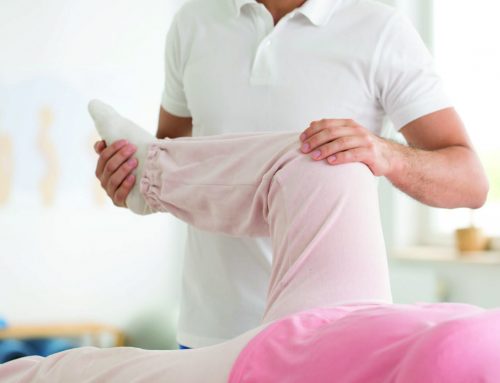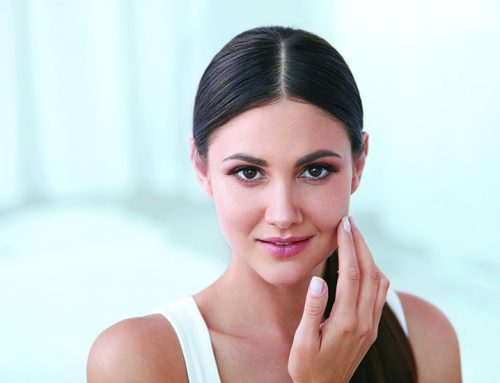
These small details are keys to soft, healthy-looking luscious hair.
The best temperature – Start warm & end cold
If you have a very oily scalp, shampooing with warm water can be beneficial. Warm water allows the dirt and hair products accumulated on your scalp to escape the pores and be rinsed away. Do not use hot water as it can strip the hair of natural oils, and the moisture also escapes the hair shaft, resulting in frizz.
Cold water helps to seal in moisture from the conditioner and smooths the hair by closing the scales of your hair cuticle, which in turn prevents frizz and adds luster to your locks. So, by all means, take a warm shower, but rinse with cold water at the end.
A balanced diet makes you shine inside out
Eating the right food supports great-looking hair in powerful ways. Avoid going on extreme diets as it can cause thinning hair, as well as dull, brittle hair. Low levels of iron and vitamin D can lead to hair loss, and the fix may be as simple as adding an iron or vitamin supplement. Hair thrives on protein, iron, zinc, and vitamin B12, so consume lean meats, leafy greens, nuts and beans. Include oily fish and avocado in your diet as the oils from these keep your hair soft and healthy.
Dry it right
Rubbing your hair with a towel or wrapping your hair in a towel can cause breakage and frizz. Blot your hair with a towel instead of rubbing. If you are going to blow dry your hair, never start with sopping wet hair. Ensure that your hair is 60% – 65% dry before you use the hair dryer. Use the nozzle that comes with your hair dryer and direct it down your hair as you hold each section of your hair with a round brush. Use cool air as it helps to lock in the moisture and gives a smoother look.

Massage and relax your scalp
Getting a scalp massage helps to relieve stress, but most importantly, it helps to improve blood circulation and stimulate healthy hair growth. Using only your fingertips, start the massage from your temples, moving your fingertips in small circular motions. Work your way to the area around your ears, and finally to the nape of your neck. Remember to keep your fingers on the scalp and not on the hair. The pressure should be firm but not too hard.
Conditioner is a must
Using a conditioner cuts down on friction and breakage when you brush your hair later. Squeeze some water out of your hair before you use the conditioner. The longer the conditioner stays on y our hair, the better it absorbs. Start from the bottom where your hair is the driest and most damaged, then work your way up to the mid-lengths.
Alternatively, pump up the shine and moisture with leave-in conditioners! For coloured or damaged hair, go for deep conditioning – a weekly hair mask will work to restore and prevent damage, sealing in the colour and protecting your hair’s cuticle. If you have long hair (beyond shoulder-length), protect fragile ends from drying out and further damage by running a small amount of conditioner through the hair ends and rinse lightly before shampooing. This will keep ends healthy, making it smoother and boosting shine.
@PRIME












